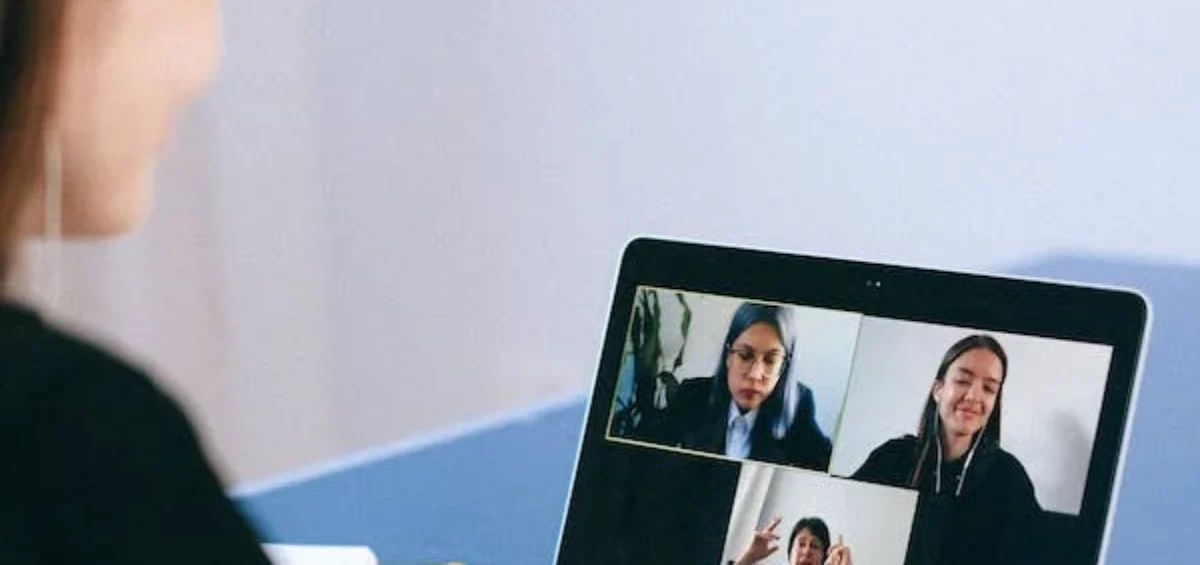Strategies for Success with Parallel Working Sessions
By Kristen Dammer
Three of the most stimulating and fun parts of being a therapist with ADHD are meeting with clients, learning new material, and visiting with my co-workers.
Unfortunately, the other parts of clinical practice are not so fun or stimulating and take maximum energy for me to complete. Maintaining clinical paperwork, scheduling clients, and organizing the best ways to store/file clinical session notes are all tasks that fall into the realm of executive functioning.
If you are a therapist living with ADHD, you get it. Paperwork is excruciating. Task ignition, procrastination, and knowing how or where to start with the executive functioning piece of being a therapist is difficult with ADHD. As someone living with ADHD, I am constantly learning and searching for tools, systems, and strategies to help ease the pain with non-stimulating or non-fun tasks.
Parallel working sessions have emerged as a potent tool in my arsenal to help me get the not-fun parts of my work as a therapist done. In this blog post, we’ll delve into how parallel working sessions can significantly benefit individuals with ADHD. And great news, as part of our Clinical Consultation Community, you have access to this wonderful resource!

What are Parallel Working Sessions?
Whether you call them “study buddies”, “parallel working sessions”, or “body doubling”, these sessions are a way for people to come together to work on difficult tasks. This includes all the tasks in the yellow coordinate of the Solve it Grid, that involve executive functioning.
The length of parallel working sessions can be anywhere between 1 to 2 hours. At Firelight Supervision, we offer two 1 hour sessions monthly. Some parallel working sessions are more structured, where people check in with each other about tasks they are stuck with and get ideas on where to start and how to chunk tasks down into bite-sized pieces. This is also known as task segmentation and/or task prioritizing.
Some parallel working sessions use the Pomodoro Method, where every 25 minutes the facilitator notes that it is time to switch to another task. This method helps with boredom that coincides with tasks.
Parallel Working Sessions at Firelight Supervision
At Firelight Supervision, here is how we structure our twice-monthly parallel working sessions. During the first 2 minutes, everyone checks in with what task they will be working on. We mute ourselves, leave the camera on, and work on those difficult tasks. In the last 5 minutes, we check in on our progress, celebrate together and say goodbye.
During the parallel working session, you can also tell the facilitator to message you if you appear to be “off track.” Simple and easy but so effective in helping you get your work done that you don’t enjoy doing or complete tasks that are difficult to finish.
Why are Parallel Working Sessions Effective?
 Because they work! I have to admit that when I first heard of parallel working sessions, I thought “No way.” The idea seemed somehow shameful that I needed people on the other side of a camera sitting with me to get my paperwork completed! I was skeptical at first and then I tried it and now I am hooked.
Because they work! I have to admit that when I first heard of parallel working sessions, I thought “No way.” The idea seemed somehow shameful that I needed people on the other side of a camera sitting with me to get my paperwork completed! I was skeptical at first and then I tried it and now I am hooked.
Here’s how parallel working sessions can help the Clinical Consultation Community, especially those therapists with ADHD:
Sign Up in Advance
If you tell yourself, “Oh next Monday I could attend the parallel work session” and you do not say yes to the Google invite or somehow add it to your schedule, it will not happen. Once you have it scheduled, you know it is a time that you can work on the horrible task that you keep avoiding.
Get Non-judgmental Support
You can tell yourself, it will be one hour of work with like-minded people that also struggle with paperwork. You aren’t alone, and you’ll be with others who are just as motivated as you to finish those darn tasks or complete that paperwork. Hence, it allows for a supportive environment.
Bring Your Completed Documentation
As a clinician, we can sometimes forget that if we see 5 clients a day, and it takes 10 minutes to write a SOAP (or DAP, or whatever) note, then we need about an hour a day of paperwork time. All the executive functioning challenges are wrapped up in clinical duties outside of the stimulating aspects of our careers.
Lean Into Your Hyperfocus
The phenomenon of sitting with other people while doing nonpreferred tasks is very effective. It gives you that space to hyperfocus for an hour with a facilitator who manages the time and checks in to see how it’s going and where you might be going off the rails.
Accept Gentle Guidance
The facilitator might notice tension or less focus from a group member and can send a chat to them to find steps to help, or just simply say, “Let’s bring it back to the one task you wanted to complete this hour.” This gentle guidance can be so helpful. It’s like having your own very nurturing mom redirect you.
Be creative in the use of parallel work sessions. Use them for:
- Paperwork
- Scheduling
- Completing payroll or timesheets
- Outreaching clients
- Organizing files
- Cleaning your desk
- Updating treatment plans
Parallel working sessions can provide that support, guidance, and accountability that we as ADHD therapists so very much need. Take care of yourself by accepting that your brain is different, so it needs a different approach. Executive functioning challenges do not have to be so painful. Use parallel work sessions to feel empowered in your therapeutic career.
How we can help
Reach out to Firelight Supervision today and embark on a path of growth, empowerment, and fulfillment. Invest in yourself and your clients by nurturing your professional development.
You can also sign up for a free phone consultation to discuss options and learn more about us!
Author Bio

Kristen Dammer is a clinical supervisor, therapist, and blogger with Firelight Supervision and Catalyss Counseling. Kristen specializes in trauma, ADHD, and perinatal counseling with adults and is trained in EMDR. Kristen enjoys providing clinical supervision and consultation to beginning to advanced clinicians in private practice, hospital, and agency settings.



